The UNALOME is a center for tranquility and wellness with a cohesive approach designed by Sofia Stok, Devyani Jain, and Shandon Herft as a part of PAACADEMY’s “Meta-Fluid Studio” with Mariana Cabugueira. The project’s main objective was to create a seamless transition between nature, built and unbuilt while satisfying human senses.
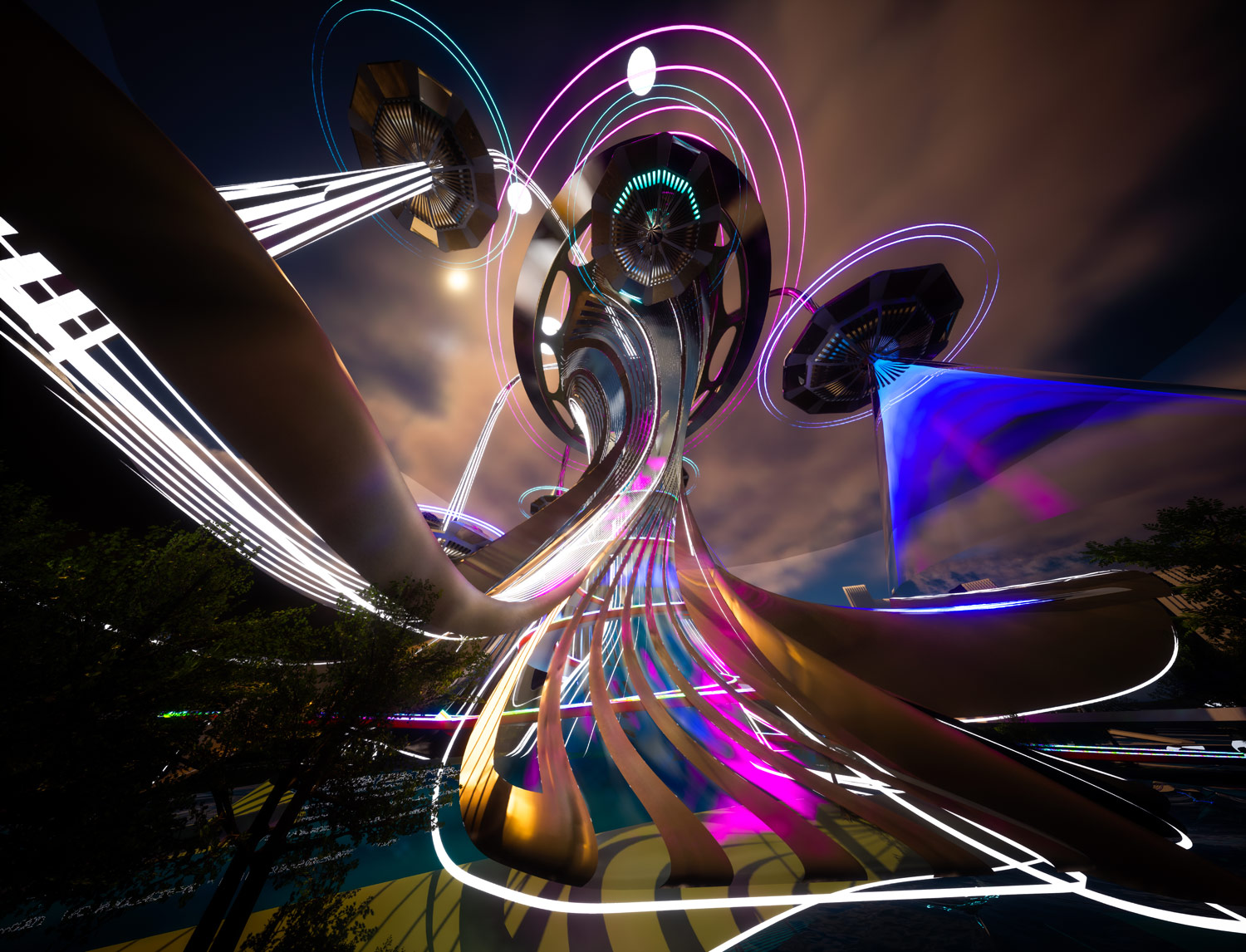
The Meta-Fluid online workshop was hosted by PAACADEMY, between May 15-July 15, 2022, on ZOOM. Meta-Fluid is one of the High-demand workshops at the PAACADEMY that focuses on exploring the quality and power of Fluid Design to conceive cyber-urban environments in virtual cities. The goal is to create a free-standing virtual city designed by 30 different designers teamed up in 3s. Some teams create meta-archi typologies for this studio, and some designers will join skills to develop a ‘Meta-Urban’ base. Combined, they make a free-standing, fluid virtual urban field and prove the Multi-Author Urban Design to be the directionality for the future of virtual cities.
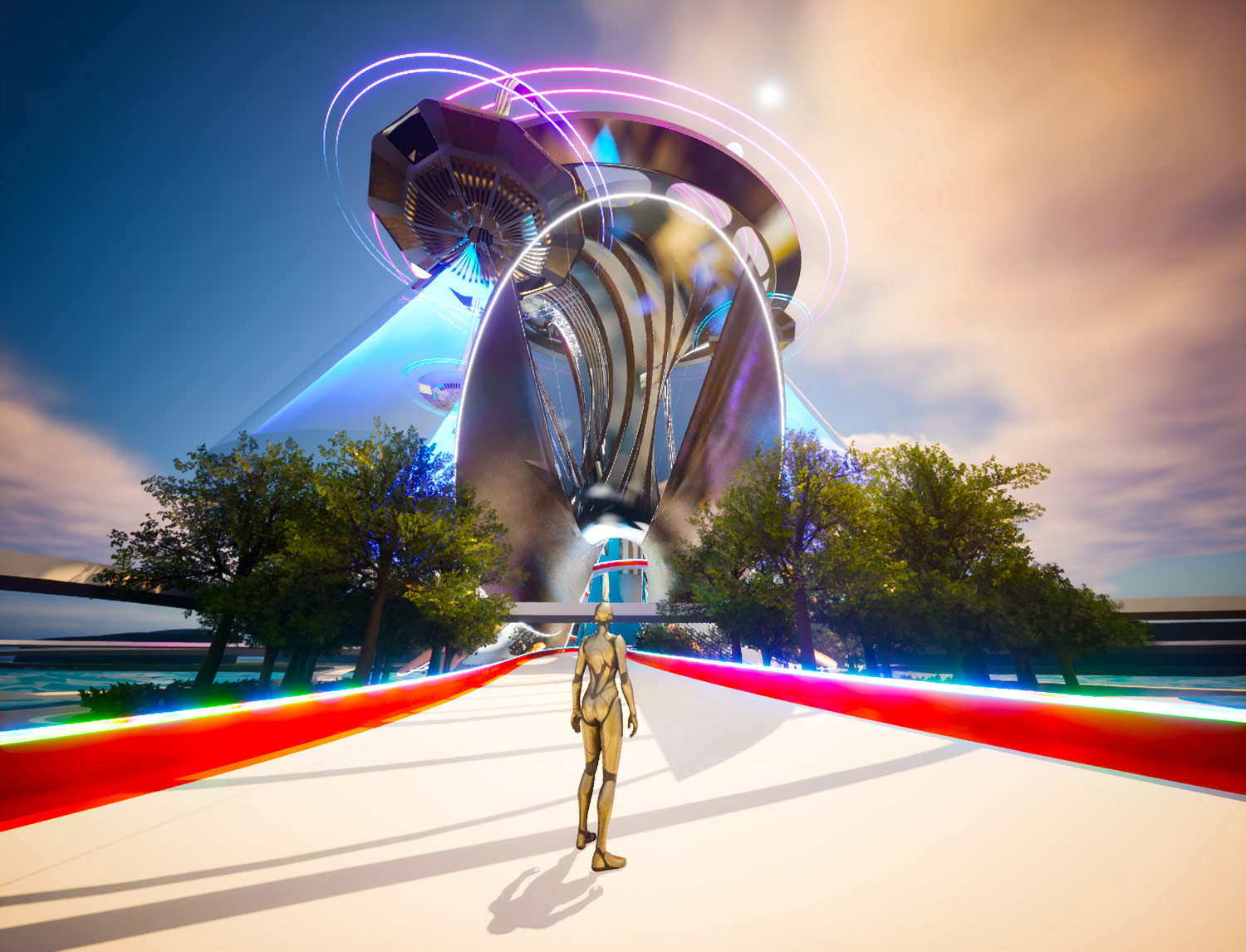
The designers believe architecture is not just about creating a physical structure but a space that actively addresses the five senses. As architects, they can positively impact better health practices. The starting point was to create a magnificent structure around a stimulating waterfall and enable the user to effectively access all the parts of the building. The designers drew inspiration from a lotus flower, and how it is a positive symbol of health and spirituality encouraged us to adopt the idea of embracing its natural shape in architecture while also fulfilling the functional requirements.

The inspiration for this project was the Lotus flower, symbolic of spiritualism and wellness since ancient times across various cultures. Furthermore, the Lotus represents purity, calmness, and connecting with the inner self. As the petals of the Lotus flower open at sunrise and close at sunset, this beautiful flower symbolizes the circle of birth, purity, calmness, and beauty. Its natural environment is water. The roots of the Lotus are hidden deep in the mud, from which the long stem rises towards the surface of the water, where leaves and flowers float, the same way the tower is designed. The project gives an illusion of a lotus-shaped tower floating above the water and petal-like entrances opened to provide access to visitors.

In the wellness sector of yoga and meditation, spiritual symbols bring us more concrete understandings of abstract philosophies. They add depth to these wellness practices and get poignant lessons from ancient spiritual beliefs. Therefore, the project is named The Unalome because of its ornate and elegant meaning and universal representation of overcoming the cycles of suffering and embracing one’s unique journey through life. Altogether, the Lotus Unalome is the connection between the strength to overcome obstacles and the transformation of one person in life. The designers aimed to create a biophilic design approach by replicating nature experiences in design to reinforce humans’ connection with nature.
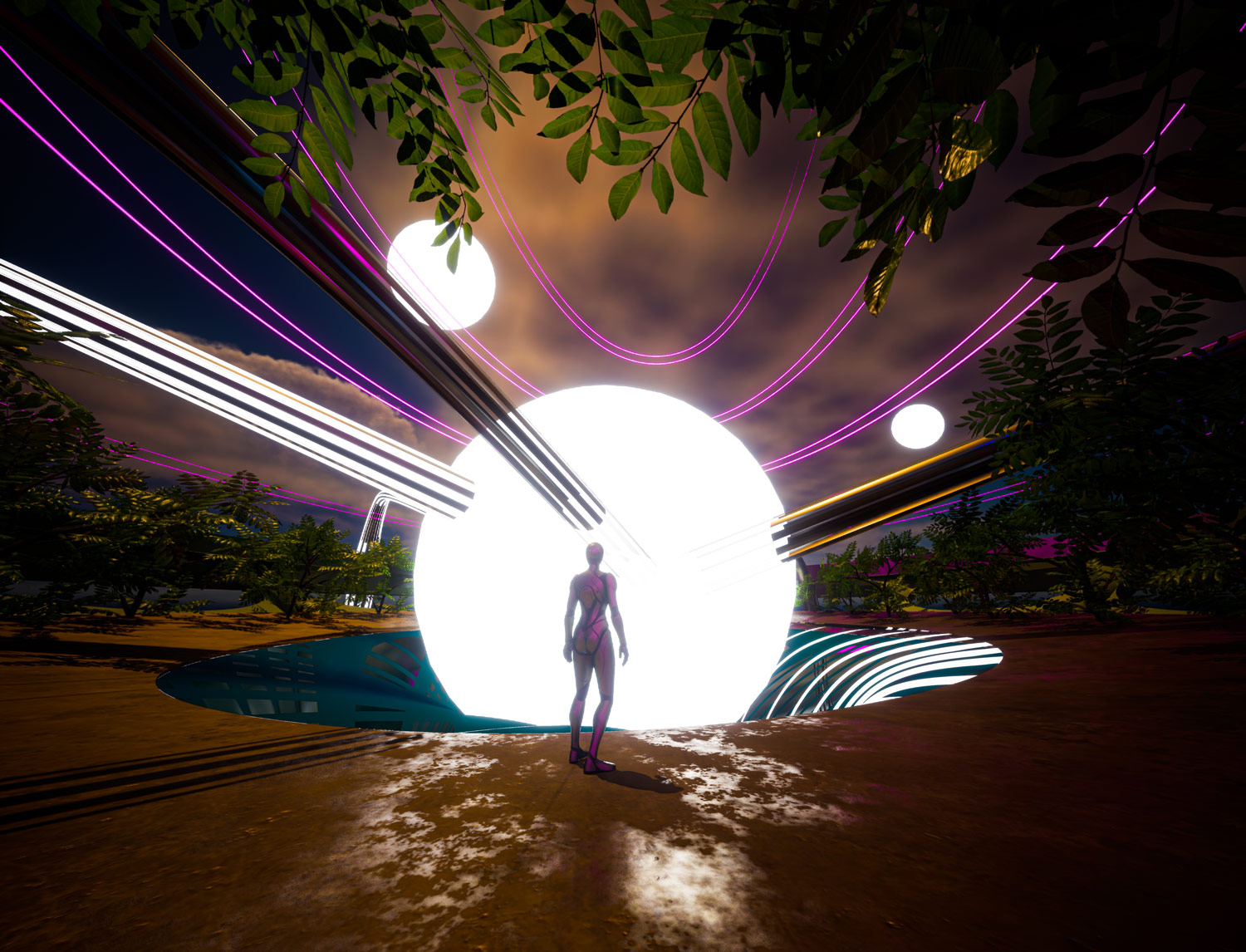
The design process started by defining different activities in various types of spaces. As for public areas, Something could be appreciated from inside and outside the tower also, is accessed through the high street. The reservoir on the tower’s base contains and recycles the waterfall’s water. Inside the building is the waterfall, which is the focal point of the design. Also, there is a ramp running around the waterfall, which makes the entire tower accessible to the public and, metaphorically, gives the user a feeling of being elevated. The design contains private areas, like capsules that act as the wellness and therapy rooms which are not accessible to the public, and only the patients can get transported there through tubes. Each capsule has a different function like yoga & meditation, massage, therapeutic rooms, etc.
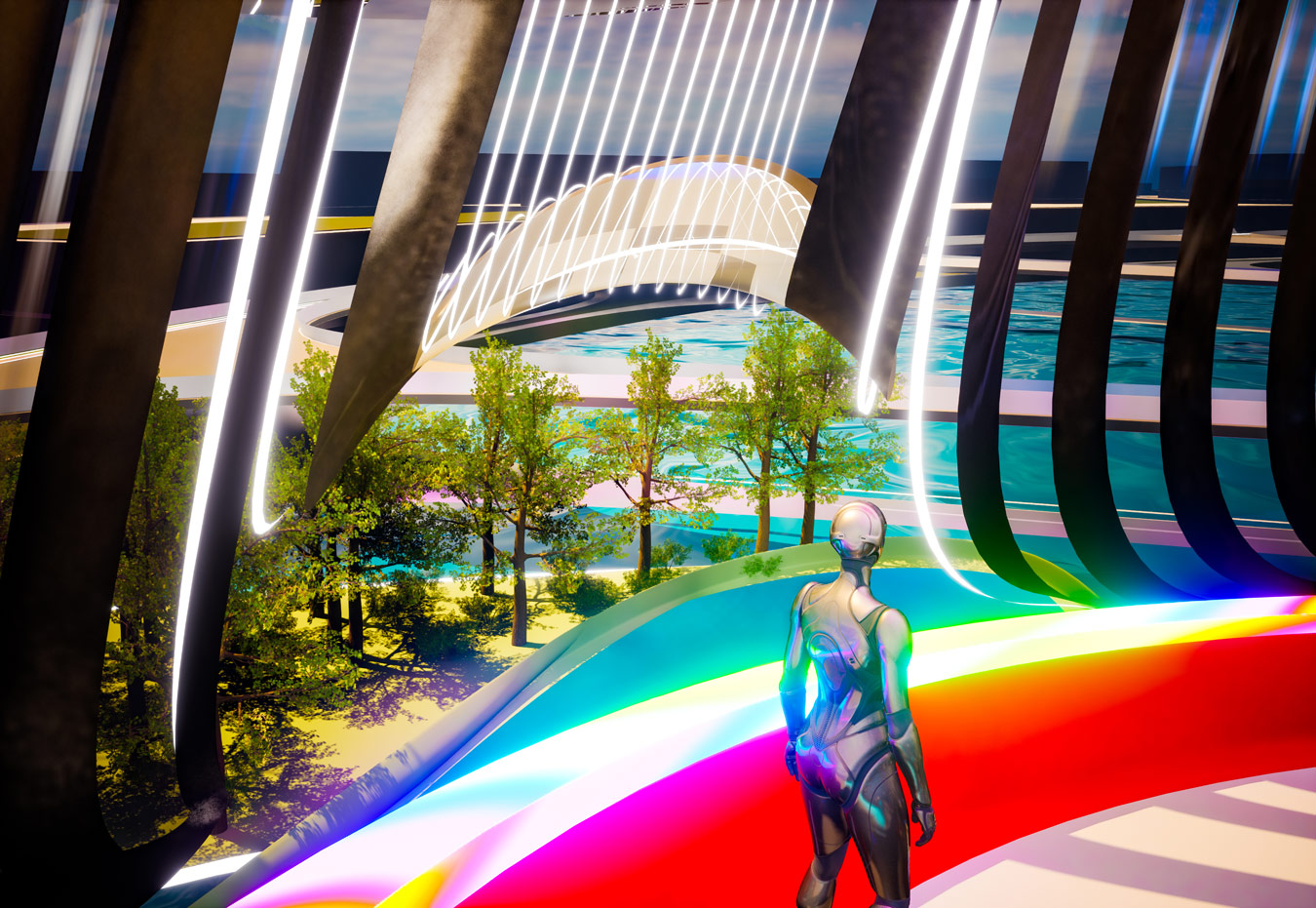
The tower contains many distinctive design elements that greatly value treatment and rehabilitation. For instance, the entrance pavilion, which has a huge cantilevered canopy extending out from the tower, provides visitors with an exquisite sense of entry and shade. Another element is the central atrium, a space for congregation and assembly of visitors while the Ramp directs them up to the Rooftop. The Ramp is metaphorically a path to spiritual and mental salvation and makes the visitor feel elevated. Also, the waterfall & pond, which are the Focal point of the design, the Waterfall acts as a visual feature and point of relief to the visitors coming to the Wellness Centre. Water is also symbolic of activating senses like sight, touch, and sound, stimulating healing in humans.

On the top is a magnificent rooftop accessible by the central pipe, which takes the avatar to the top. The avatar is then dispersed to different capsules through various tubes branching out of the nucleus attached to the central pipe. Capsules are crucial to the design as each capsule has a different function, like yoga & meditation room, spa & sauna room, mud therapy, thermal pool & jet hydrotherapy, physical Therapy Room, and changing rooms. The group also added herbal and medicinal plantations comprising Trees, shrubs, and herbs, parts of which are used to extract and prepare medicines.
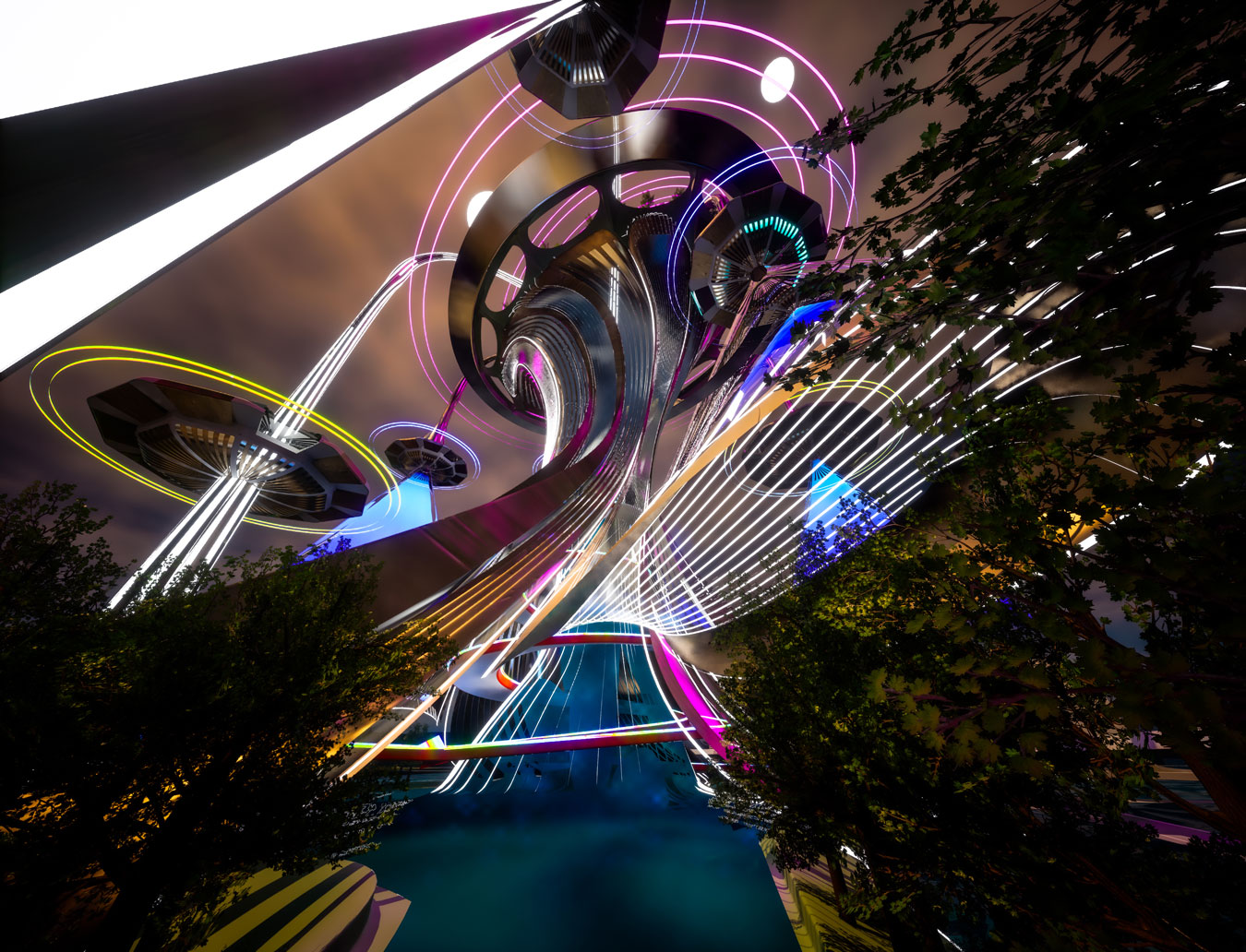
The software used for modeling was MAYA. The group started by modeling the skin of the tower along with the main waterfall, keeping in mind the functional requirements of a wellness center, and then eventually evolving their built form over weekly discussions with Mariana. After modeling the basic skeleton of the structure, they designed the petals to open up in different positions. Later, they detailed the Rooftop and created a central pipe within the waterfall for the avatars to move up and be dispersed in their respective capsules through the tubes branching out from the Nucleus. Finally, the Final touches and details created a distinct movement line for the visitor with lights guiding them.

For visualization, They decided to use Unreal Engine 5.0 Epic Games because it enables them to get real-time renders that help them understand and perceive the design better. The latest Unreal version has photorealism, making it hard to believe that even renders could look so realistic. Unreal Engine’s flexibility is one of the primary reasons for its popularity. Whatever the kind of task or however vast the scale, UE can handle that. It is a very versatile software. It is easier to perceive spaces because the avatars can be placed in various scenes and have a human perspective on the project. The emissive and lumen technology introduced in the latest Unreal Engine 5 is a game changer. Unreal Engine seems to be the perfect fit for designing the Metaverse as the renders and interface are futuristic and provide them with all the tools needed to create a futuristic scene. They used Unreal to get an idea of what experiencing the space by a user would like. Designing such a unique space had to be complemented by a unique way of representing it, which is why Unreal was the ideal pick.
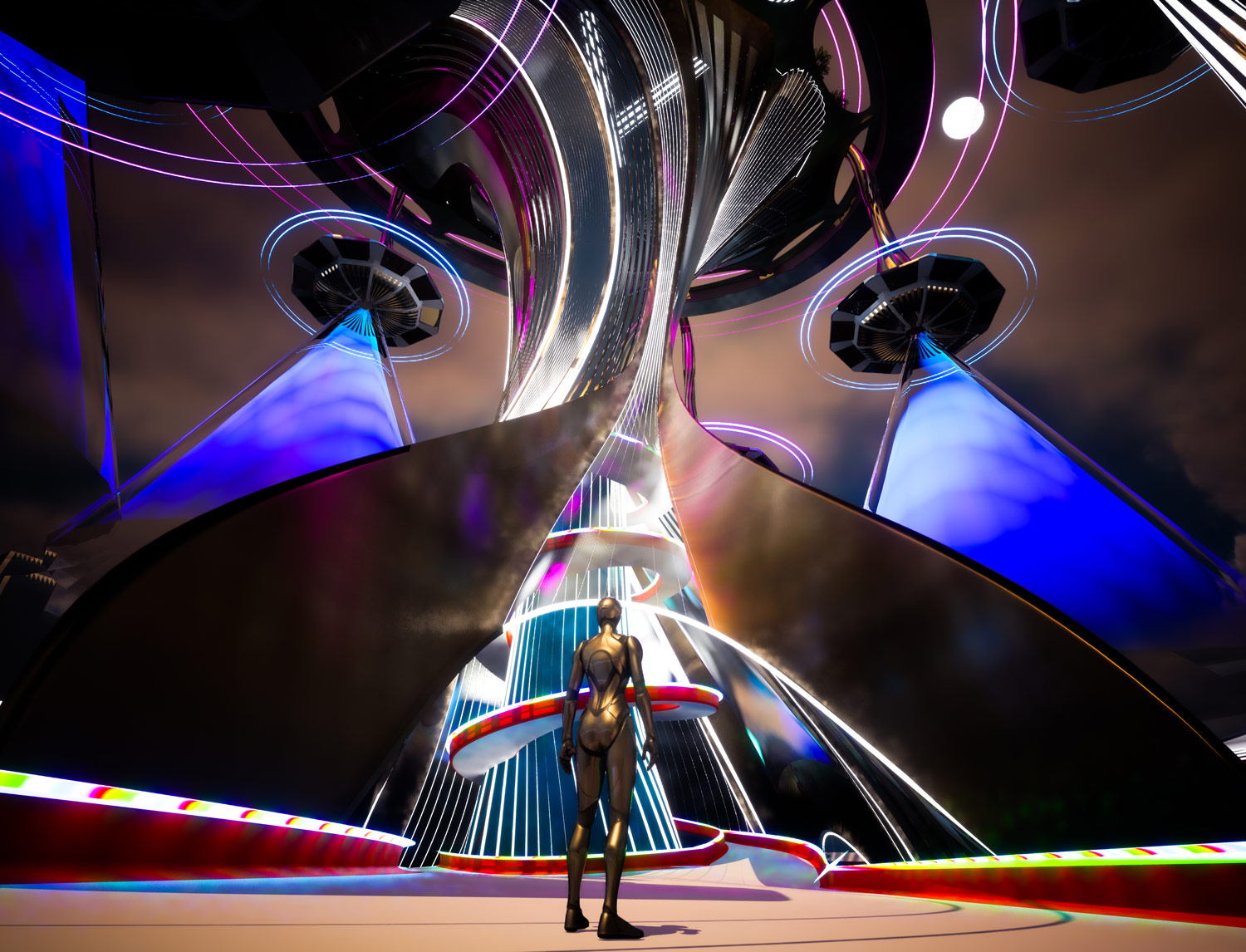
The key feature of this design is to create a space that actively interacts with all human senses. The form has various elements that engage different senses and create a positive healing environment. The design is a symbolic representation of the Panchatatva of Wellness while also fulfilling the functional requirements, activating all human senses. Ayurveda believes that the entire universe is composed of five elements; Vayu (Air), Jala (Water), Aakash ( Space or Ether), Prithvi (Earth), and Teja (Fire).
These five elements (referred to as Pancha Mahaboota in Ayurveda) are believed to form the human body’s three basic humors (Tridoshas) in varying combinations. The three humors control the basic physiological functions of the body: Vata dosha (maintains the cellular transport, electrolyte balance, elimination of waste products) Pitta dosha (regulates the body temperature, optic nerve coordination, and hunger and thirst management); and Kapha dosha (It is increased due to sweet and fatty food, and it provides lubrication to the joints for proper functioning).
Stay tuned with us to see more projects in the upcoming days from the PAACADEMY’s workshop. Click here to register and watch the recordings of the Meta-Fluid Studio.
Credits:
Studio workshop by PAACADEMY
Studio title: Meta-Fluid
Lead by: Mariana Cabugueira
Project name: The Unalome
Students: Sofia Stok – Devyani Jain – Shandon Herft
Date: From May 15 to July 15, 2022
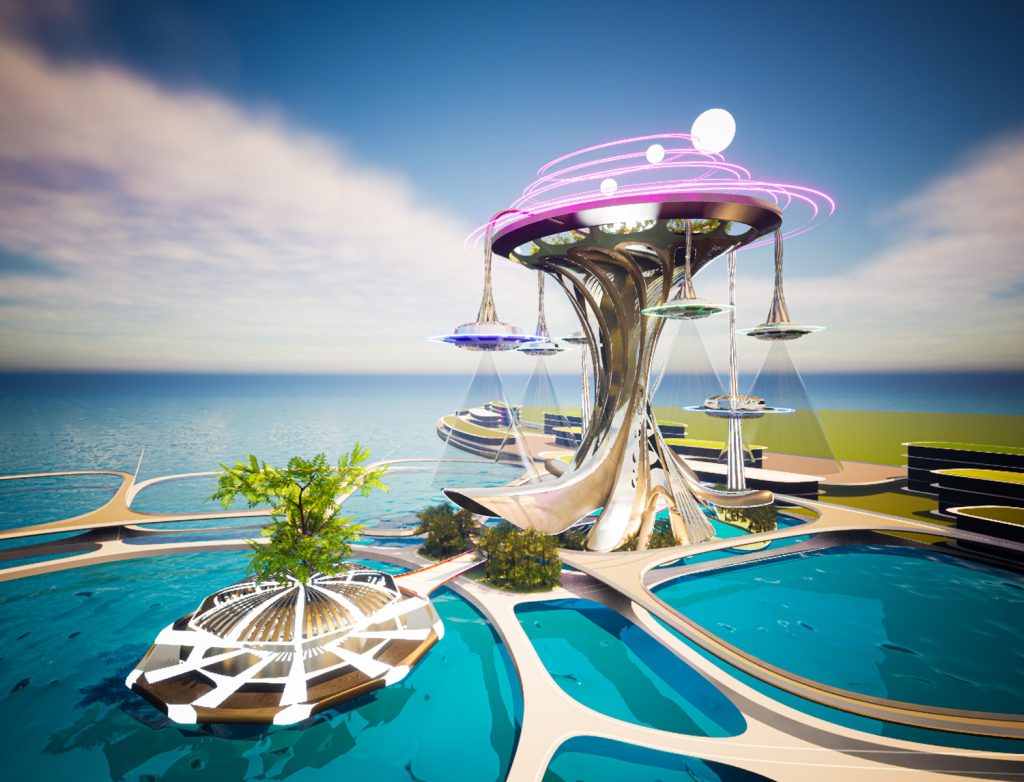
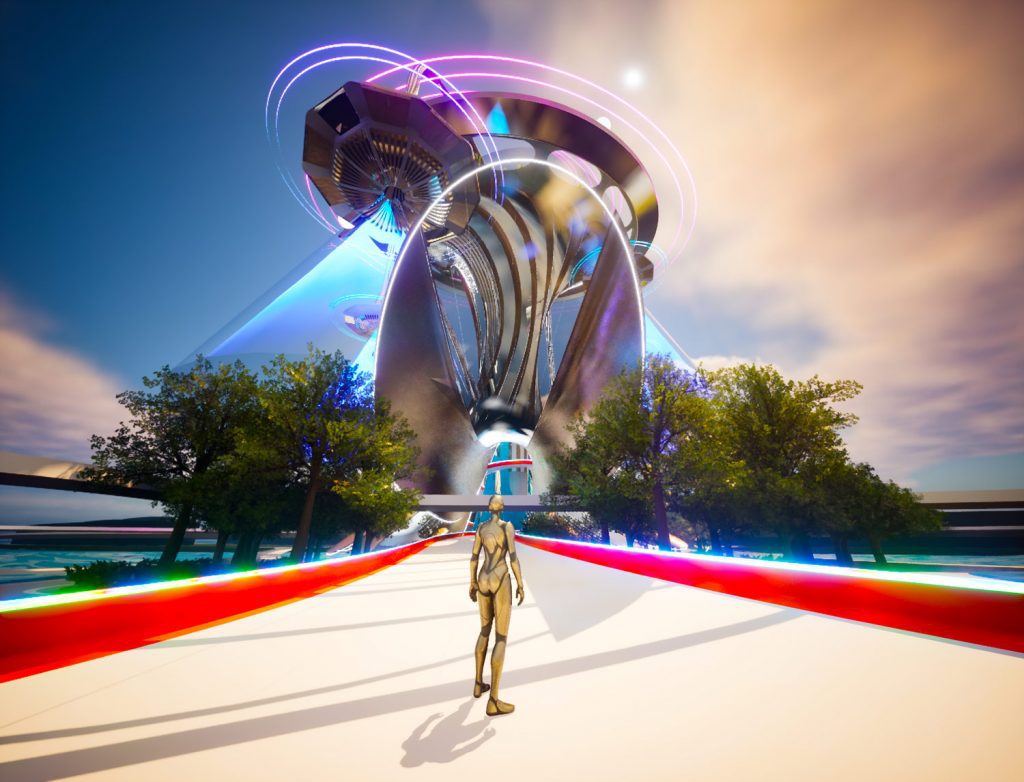

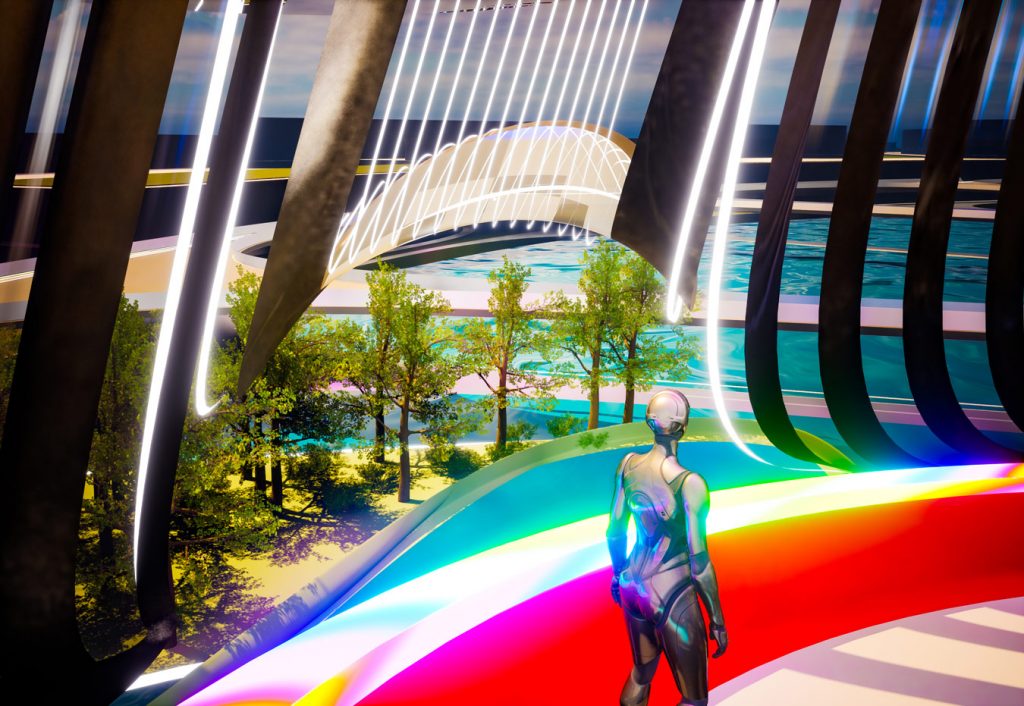
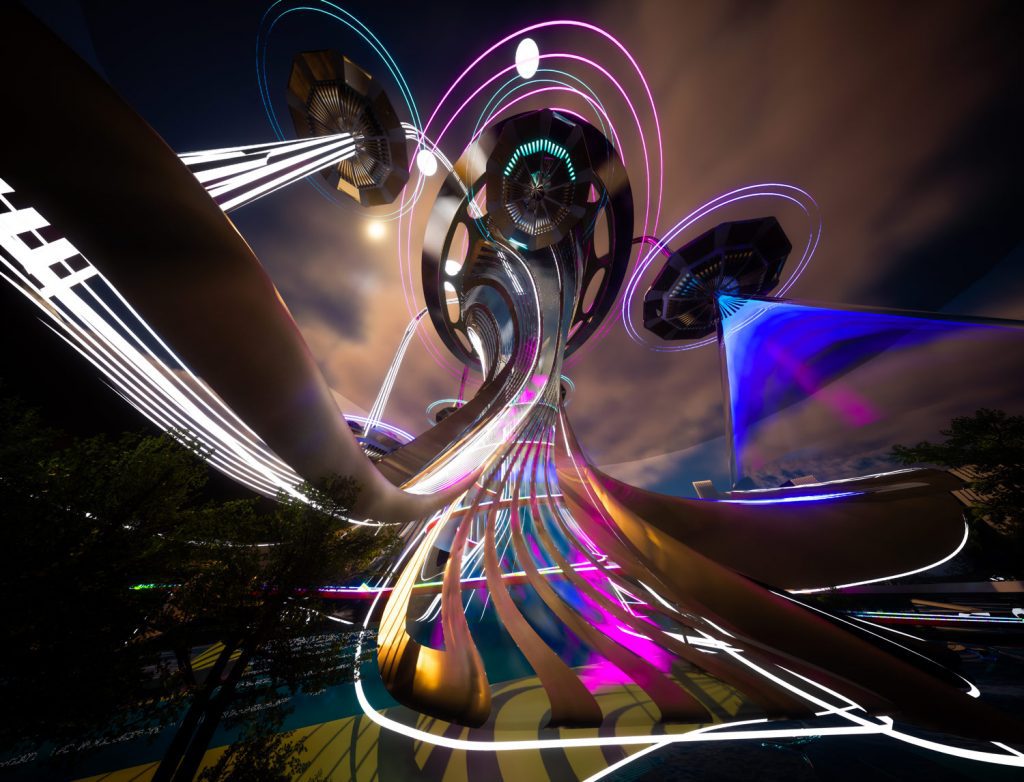
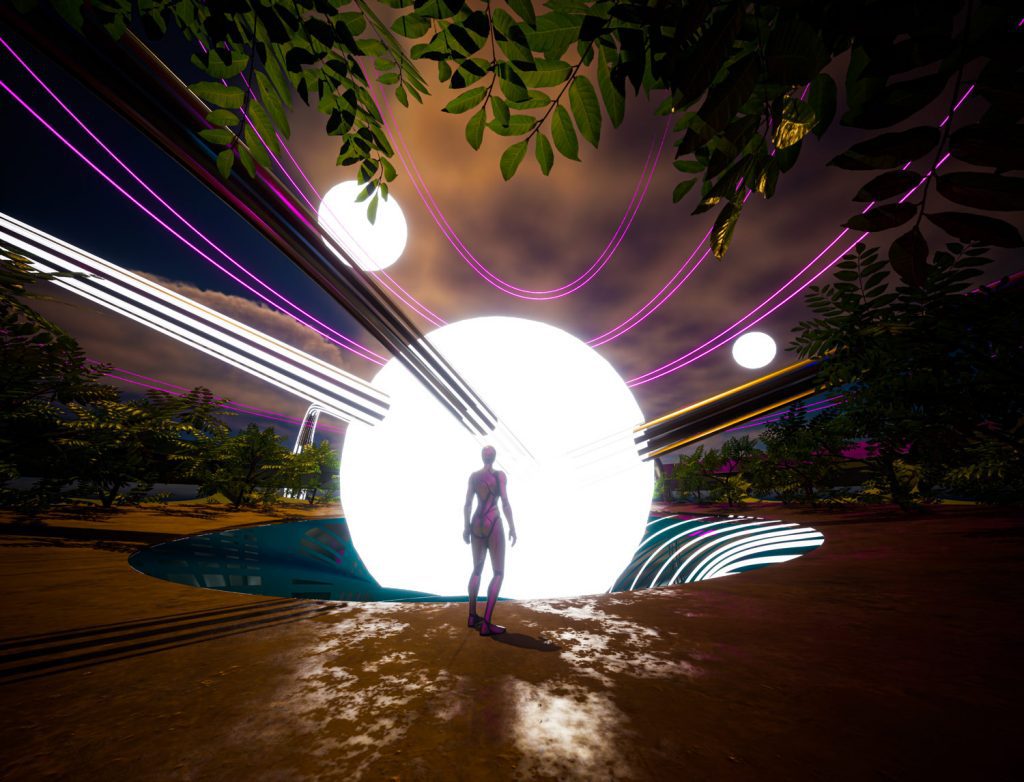
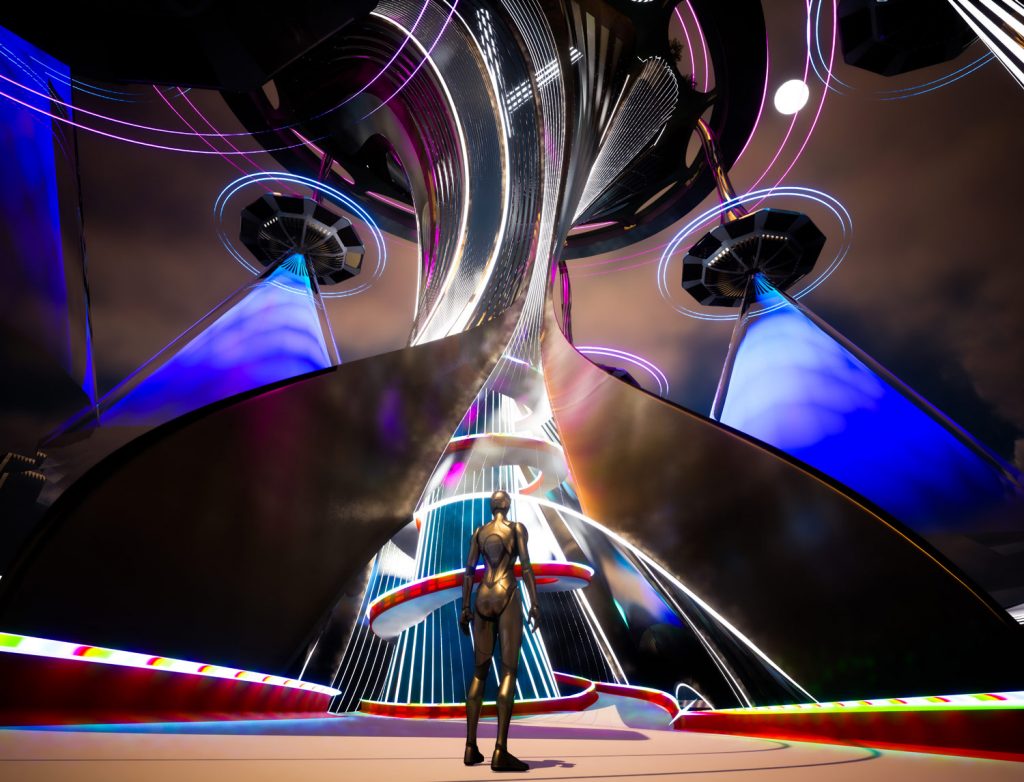
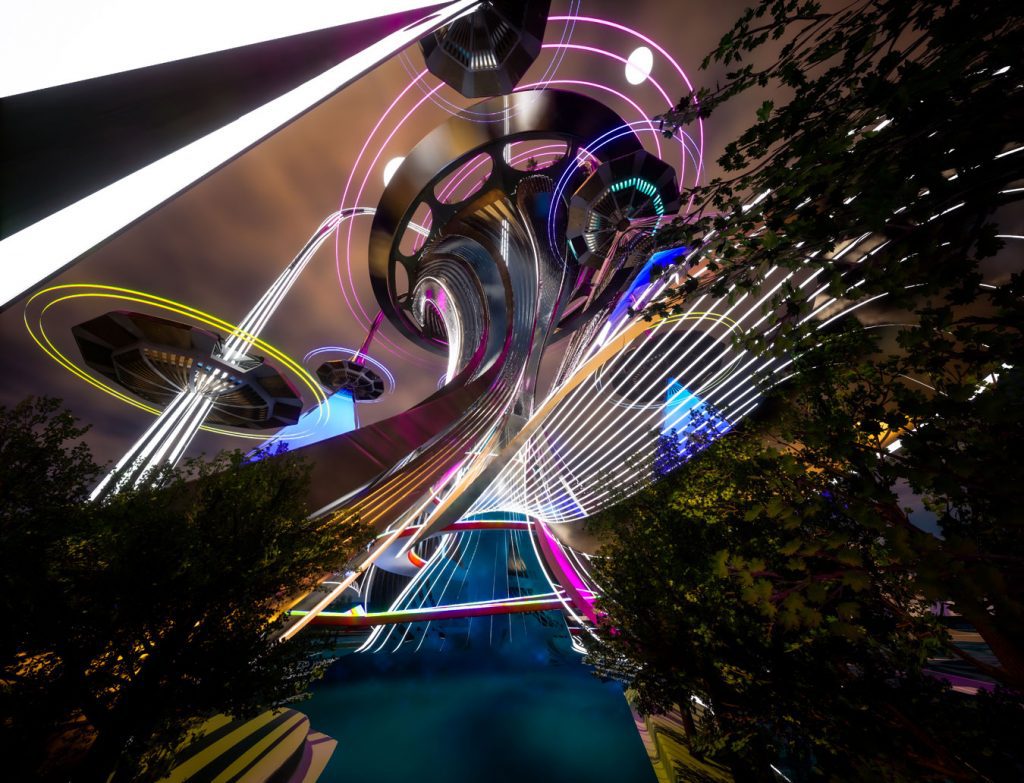
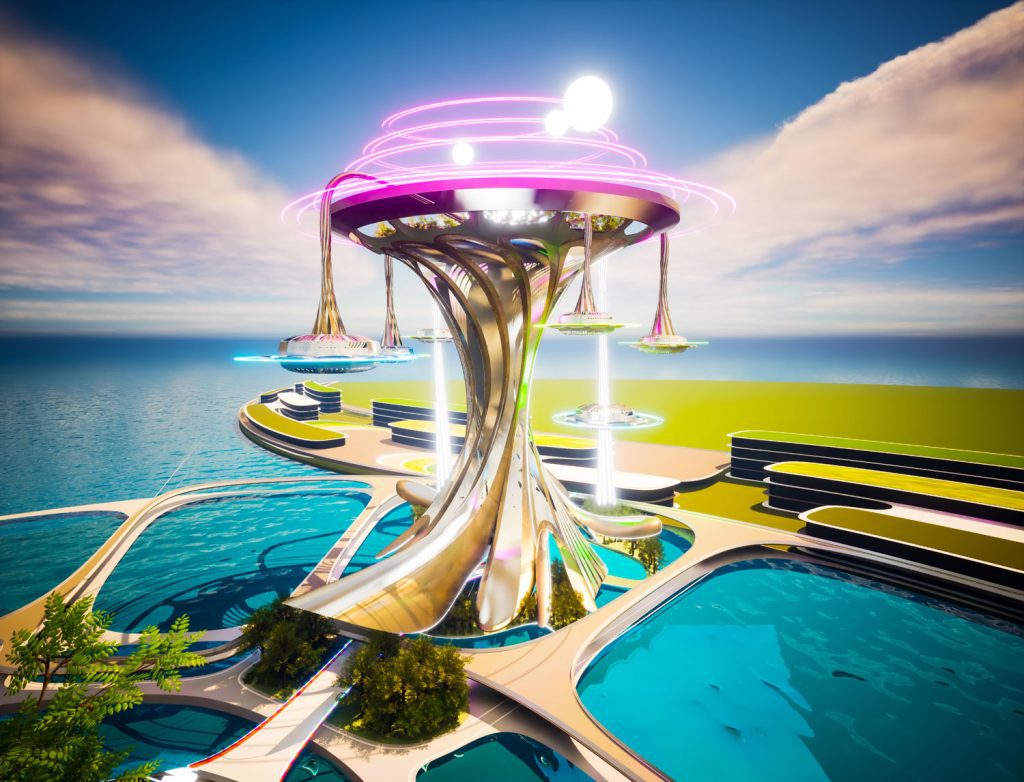
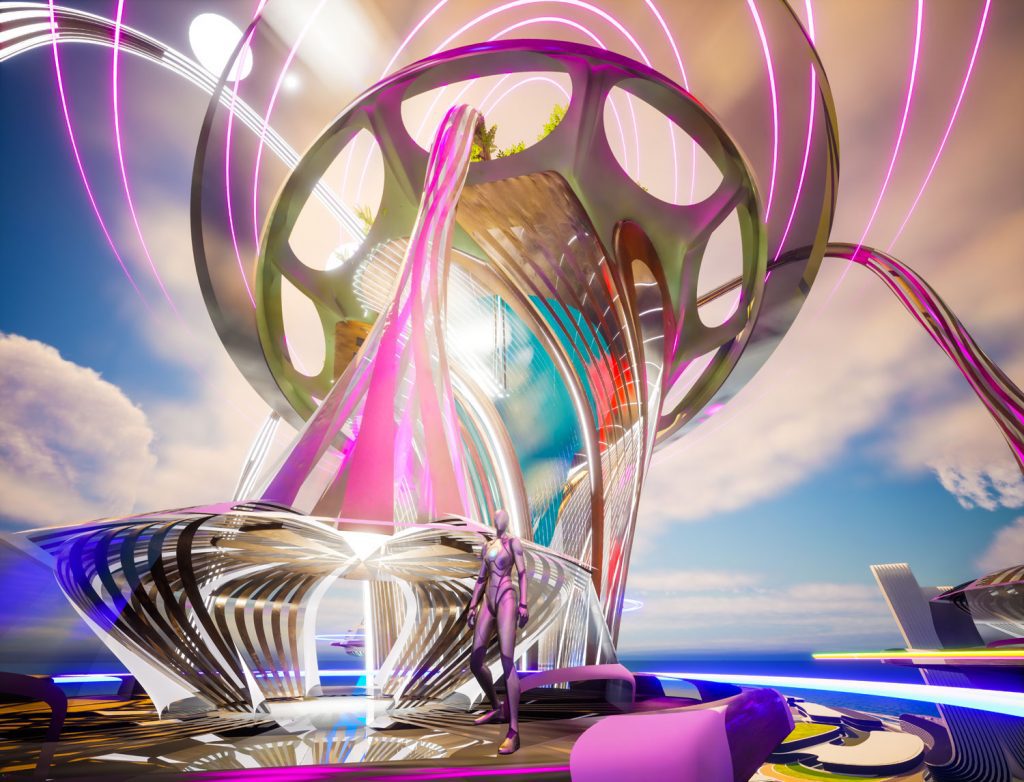




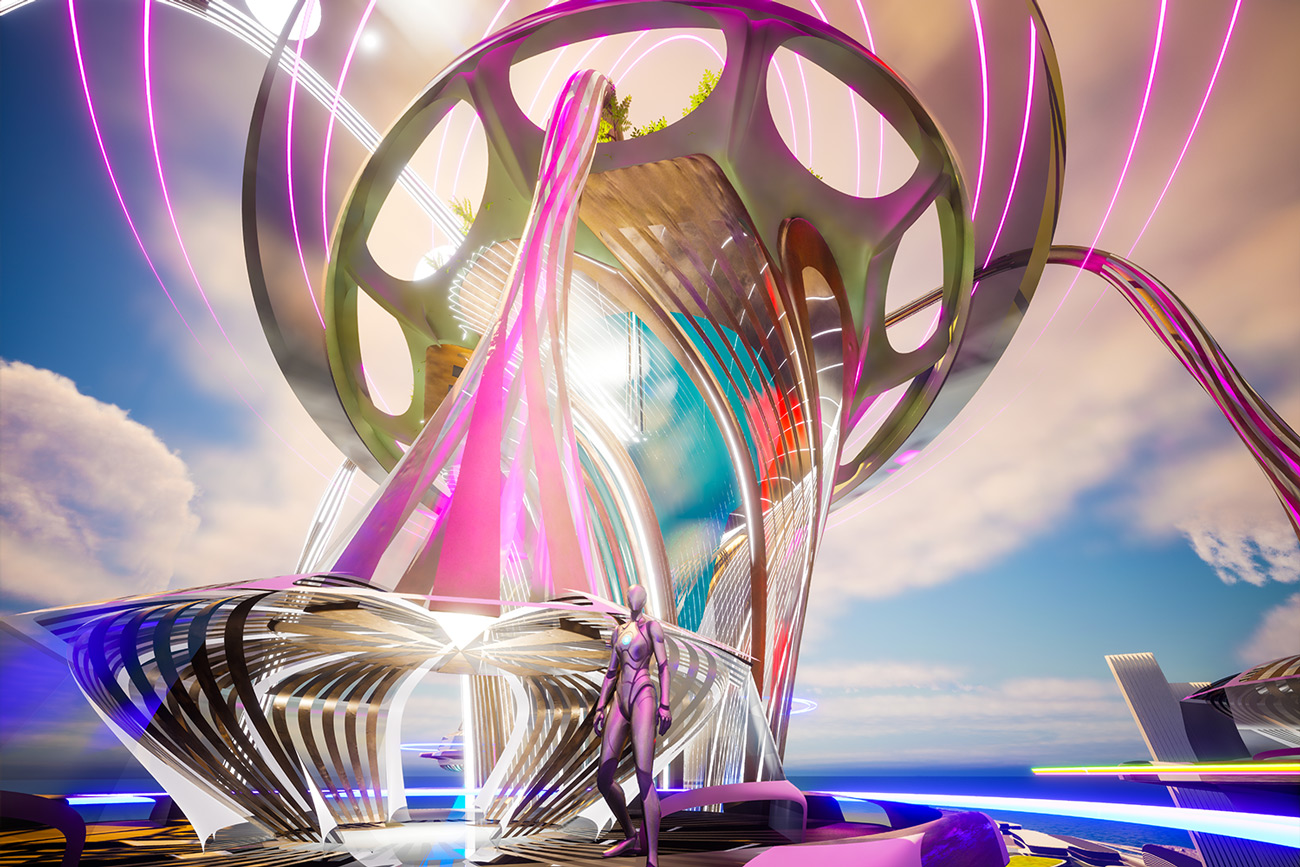
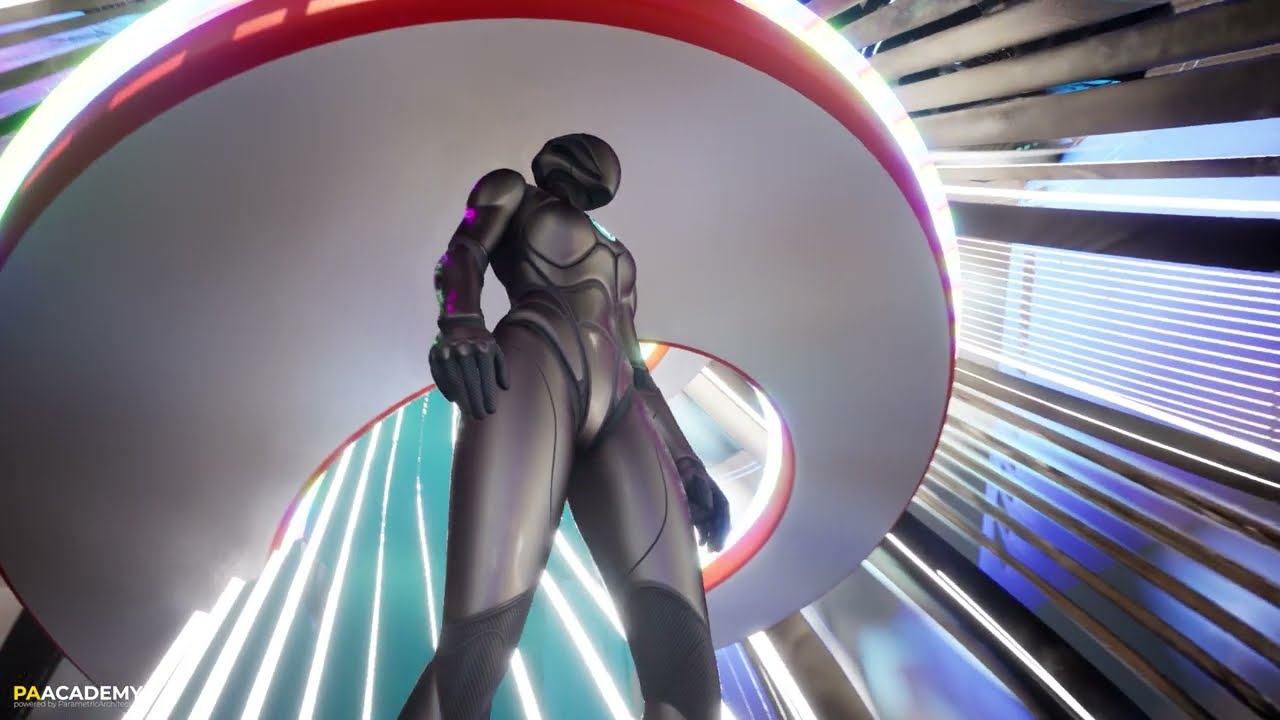














Leave a comment